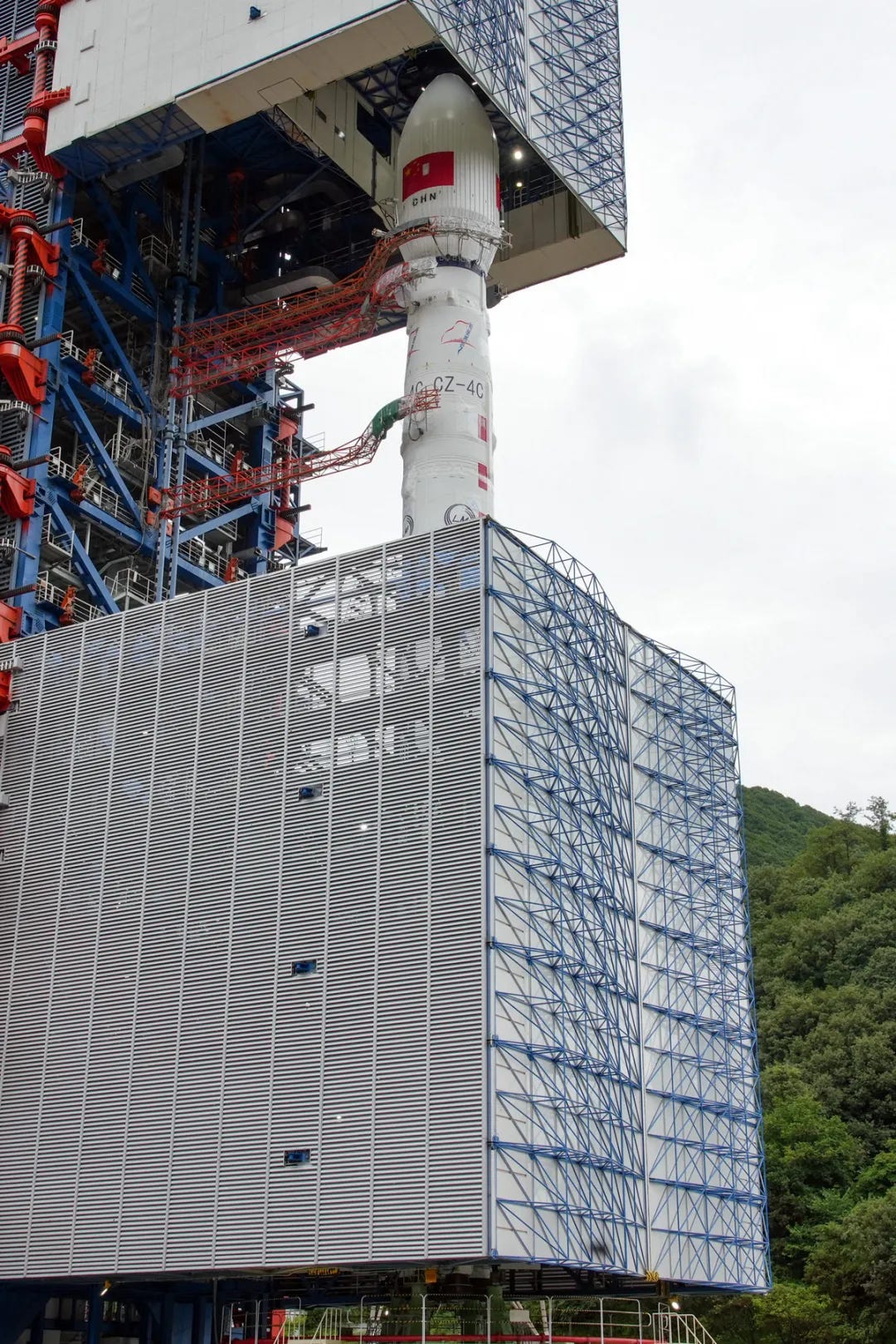Test Satellite Twin Launched From Xichang [Long March 4C Y64]
A second Shiyan-28B spacecraft is in orbit.
From Launch Complex 3 at the Xichang Satellite Launch Center, a Long March 4C blasted off at 16:55 pm China Standard Time (08:55 am Universal Coordinated Time) on August 17th, carrying a single satellite to low Earth orbit.
Atop of the rocket was Shiyan-28B-02 (试验二十八号B星02星), a few weeks after its counterpart Shiyan-28B-01, both developed by the Innovation Academy for Microsatellites, Chinese Academy of Sciences (中国科学院微小卫星创新研究院). Like the other Shiyan-28B spacecraft, today’s is planned to be used for space environment monitoring and detection as well as related technical tests.
The Shiyan (试验) satellite designation is used for technology development spacecraft, and the name literally translates to test or experiment. Shijian (实践) is a similar designation for more mature technology tests.
Following the launch in its post-mission blog post, the Shanghai Academy of Spaceflight Technology shared that comprehensive rain and moisture protection measures were implemented today to ensure a successful launch, due to it taking place within Xichang’s rainy season (like the previous Long March 4C mission). Weather-specific adjustments implemented for the launch included specialized silicone sealing at structural connections, improved moisture barriers at cable and electrical interfaces, and accelerated preparation timelines that allowed for more flexible scheduling around unpredictable weather patterns. To enable launch at an opportune moment, multiple launch teams were rotated over a 24-hour period.
Today’s launch was the 57th mission for the Long March 4C, the 112th launch for the Long March 4 series, the 242nd Long March vehicle launch from the Shanghai Academy of Spaceflight Technology, and the 589th launch of the Long March launch vehicle series. This was also the 47th launch from China in 2025.
Liftoff video via 航天五线谱 on Weibo.
Livestream replay via ThatSpaceDogeGuy on YouTube.
Check out the previous Long March 4C launch
Test Satellite From the Mountains [Long March 4C Y63]
A Long March 4C lifted off from Launch Complex 3 at the Xichang Satellite Launch Center at 17:35 pm China Standard Time (09:35 am Universal Coordinated Time) on July 3rd, with a single satellite atop of the rocket bound for low Earth orbit.
What is the Long March 4C?
This section is for those less familiar with China's Long March series of launch vehicles.
The Long March 4C is another older generation low Earth and sun-synchronous orbit workhorse of the Shanghai Academy of Spaceflight Technology. All three stages of the rocket burn Dinitrogen Tetroxide and Unsymmetrical Dimethylhydrazine, with the third-stage capable of engine restart.
The payload capacity of the launch vehicle is currently as follows:
4,200 kilograms to low Earth orbit
2,800 kilograms to a sun-synchronous orbit
1,500 kilograms to a geostationary transfer orbit
The first-stage is powered by four YF-21C engines, which generate 302 tons of thrust, burning Dinitrogen Tetroxide and Unsymmetrical Dimethylhydrazine. The second-stage is powered by a single YF-22C engine and four YF-23C verniers that generate 80 tons of thrust while also burning Dinitrogen Tetroxide and Unsymmetrical Dimethylhydrazine. The third-stage is propelled by two YF-40A engines that provide 10 tons of thrust by once again burning Dinitrogen Tetroxide and Unsymmetrical Dimethylhydrazine.
On the launch pad, the Long March 4C is 45.9 meters tall and weighs 249,200 kilograms when fully fuelled. The first and second-stage have a diameter of 3.35 meters, while the third-stage has a diameter of 2.9 meters, and a fairing diameter of 3.8 meters.
So far, the Long March 4C has flown from all three inland launch sites, the Jiuquan Satellite Launch Center, the Taiyuan Satellite Launch Center, and the Xichang Satellite Launch Center.
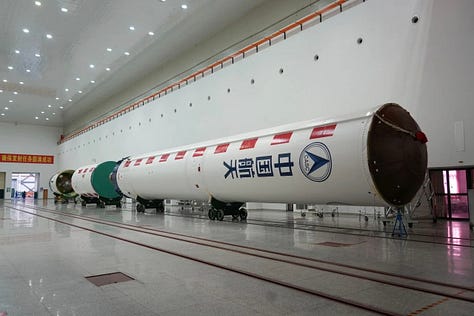
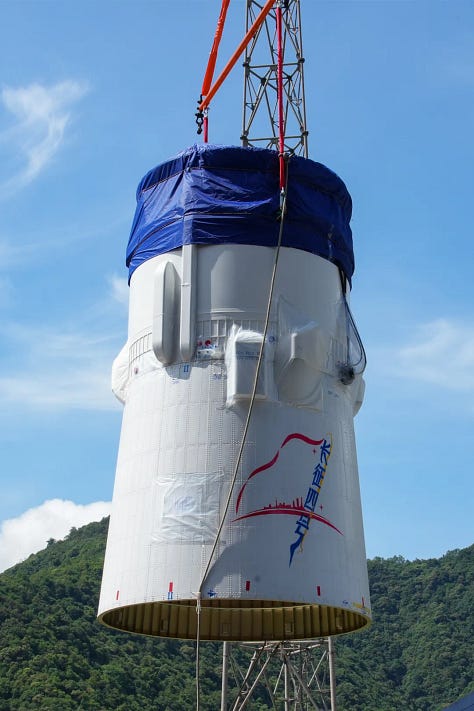
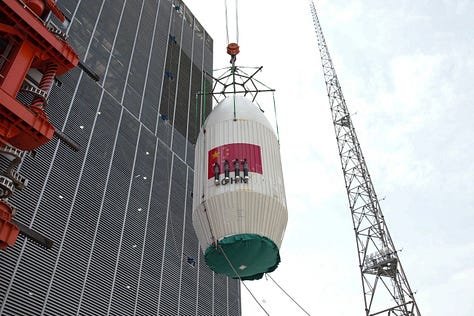



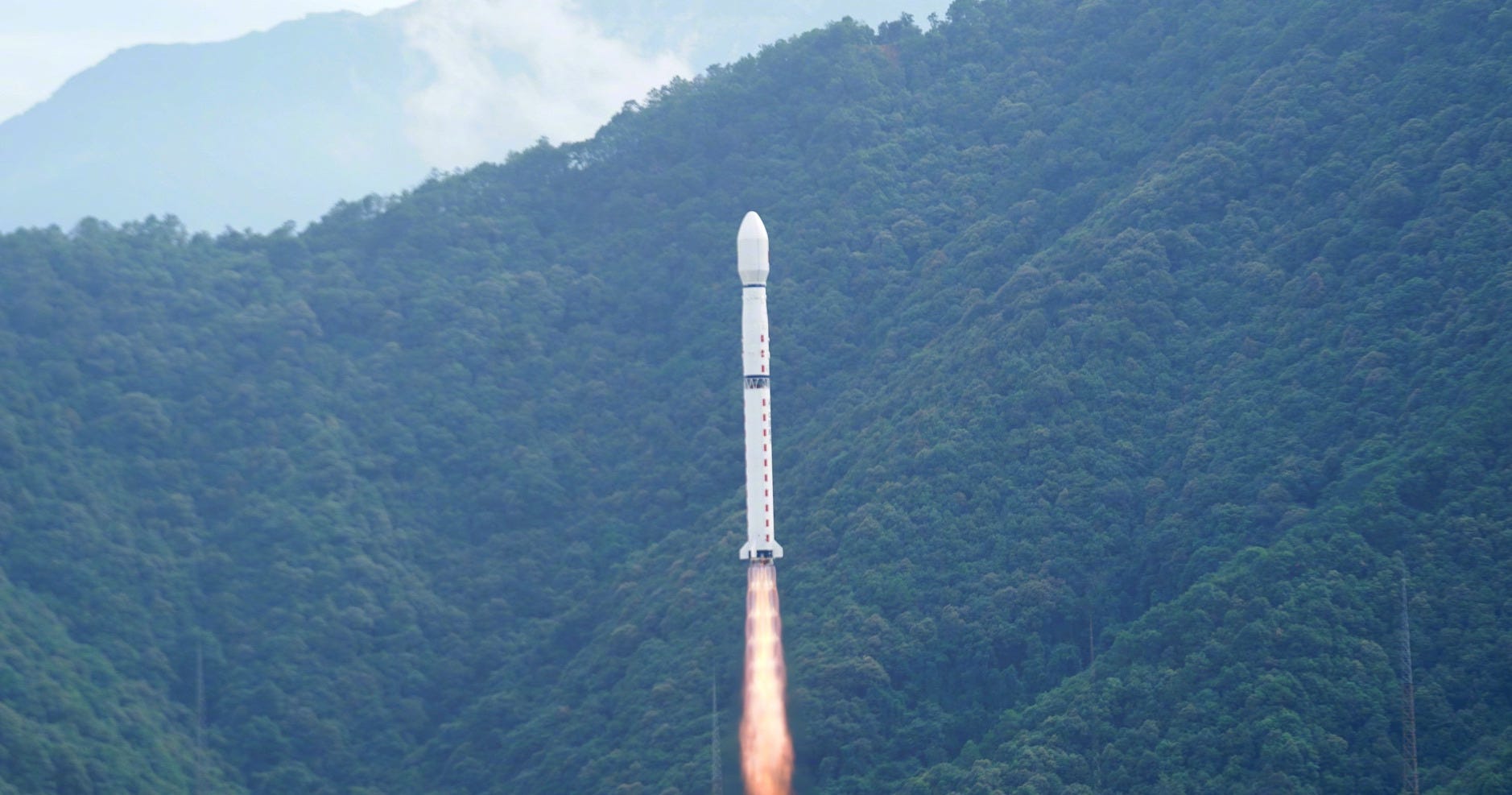
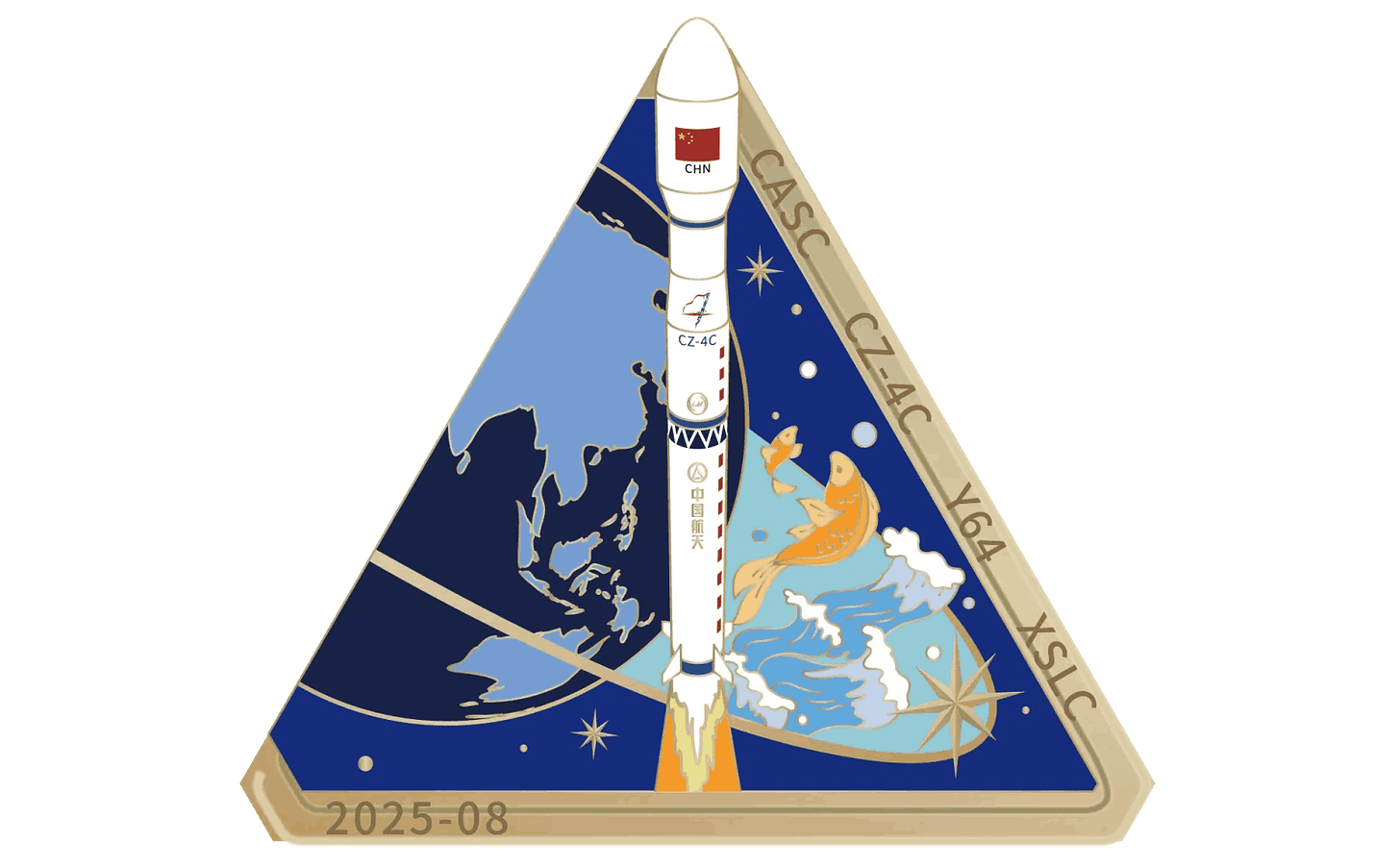
![Test Satellite From the Mountains [Long March 4C Y63]](https://substackcdn.com/image/fetch/$s_!SjVk!,w_1300,h_650,c_fill,f_auto,q_auto:good,fl_progressive:steep,g_auto/https%3A%2F%2Fsubstack-post-media.s3.amazonaws.com%2Fpublic%2Fimages%2F59ec7aaf-e197-45a0-bc35-516673f420c9_5129x2966.jpeg)
